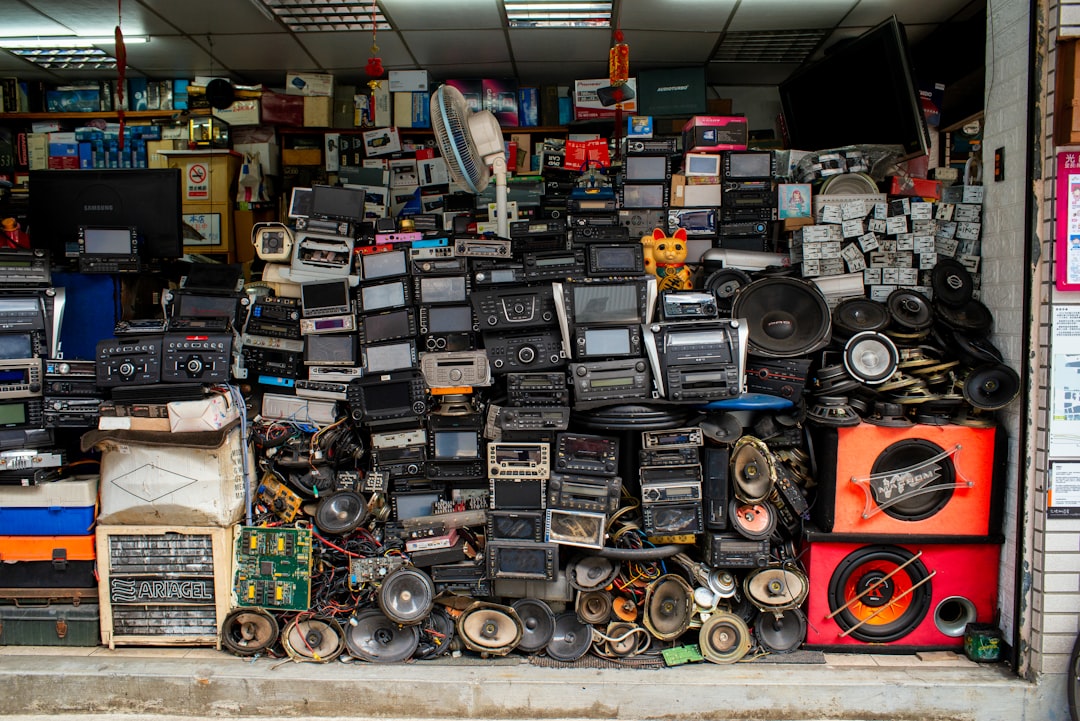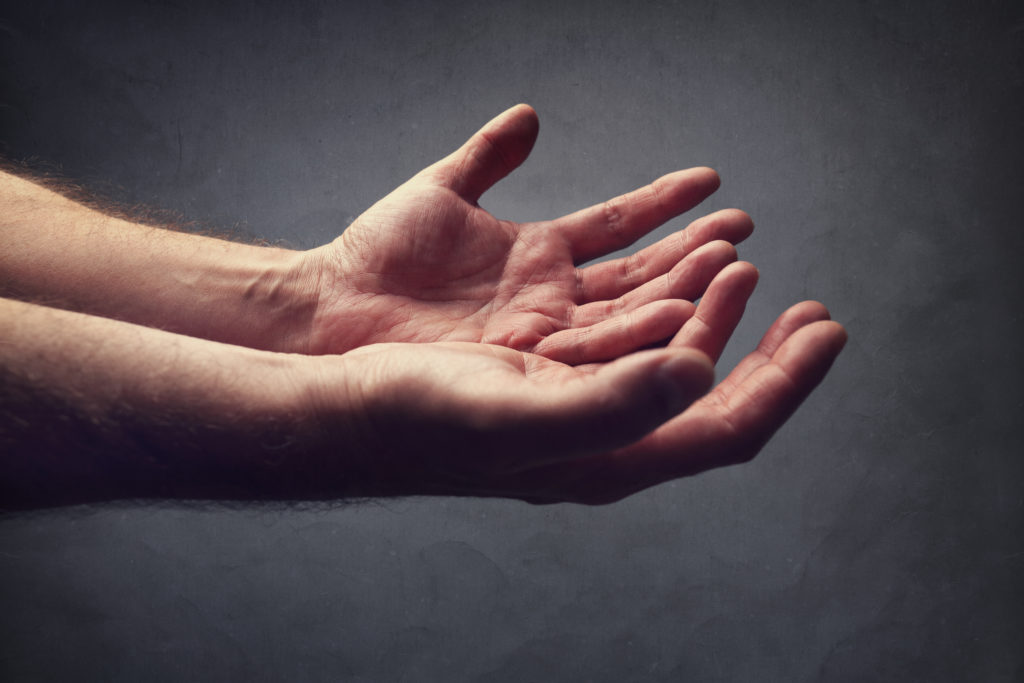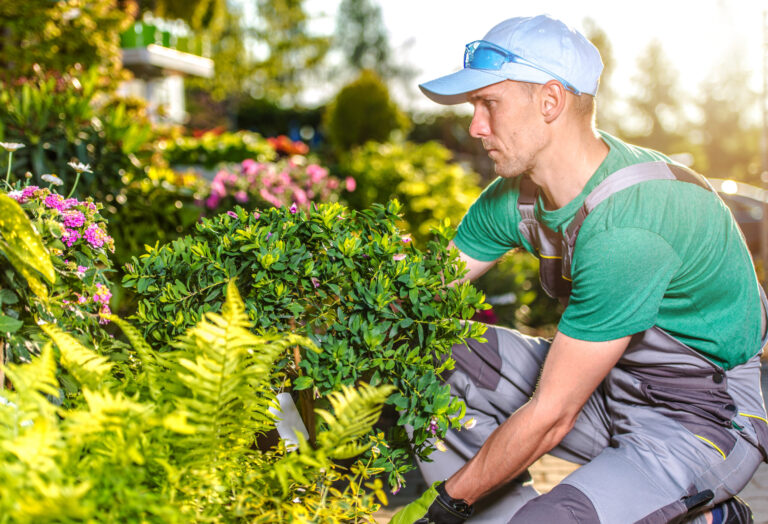If you have a friend or loved one dealing with a hoarding disorder, you might feel overwhelmed trying to find ways to help. It can be frustrating and disheartening to see the person you care about live with this challenging disorder. If you want to help someone with a hoarding disorder, there are several crucial things to keep in mind. The way you approach your friend or loved one can be detrimental to their condition, so care and thoughtfulness are paramount. Today, we’ll cover some effective ways to help a hoarder.
Recognize the signs and symptoms of hoarding first.

Before you start calculating storage units costs, it’s important to recognize the signs of hoarding disorder. Hoarding disorder is when a person saves belongings that other people would see as having no use or value. Someone with hoarding disorder will usually struggle with getting rid of any belongings. The result is a home filled with clutter that negatively impacts their living space, quality of life, and mental health. There is also a clear distinction between hoarding and collecting. For example, a collector may have a specific focus, such as only collecting vintage toy cars or coffee mugs. On the other hand, a hoarder typically has no rhyme or reason for the items they keep and store.
Hoarding is often associated with other underlying mental illnesses, including obsessive-compulsive disorder (OCD), post-traumatic stress disorder (PTSD), and other mood or anxiety disorders. Some of the warning signs of hoarding disorder include problems getting rid of belongings regardless of value, experiencing distress when considering throwing out belongings, only feeling safe when surrounded by belongings, and in most extreme cases, a living space filled or blocked by belongings to the point that it’s unusable.
Consider renting a storage unit.

The first thing to remember is that you can’t help a hoarder with their condition until they’re ready for help. So, they’ll likely need therapy services to even begin the process. However, once they’re prepared to accept help, you can consider renting a storage unit. Keep in mind that the storage unit can’t just be another place for them to hoard. The storage facility should only be a place to store items for organizational purposes. You and the hoarder can store items the “keep” items or belongings they’re unsure about for organizing later. This method frees up space in their home while they make their way through the hoard.
As more space is freed up, you can begin bringing the belongings they want to keep back in and replace them with more items they’re unsure about. Then, once the mess starts to fade away, you can return to the storage unit to go through whatever remains. In this situation, the storage unit is essentially a sorting table for the items that can’t be thrown out but you lack room for during the cleanup process.
Remember to focus more on the person and less on the stuff.

Contrary to what many people believe, hoarding disorder isn’t really about all of the person’s belongings. It’s much more focused on the person and the underlying causes. Your focus shouldn’t be entirely on throwing things out for the person with hoarding disorder, as they’ll only accumulate more afterward. Instead, you need to focus on helping your friend or loved one through the process to identify the underlying causes and seek the appropriate treatment. Once they receive professional help, the cleanup process will be much easier.
Set reasonable expectations during the recovery process.
It’s crucial to note that hoarding didn’t happen overnight for your friend or loved one. So, recovery won’t happen overnight either. Set reasonable expectations for yourself and help your friend or loved one set realistic, attainable goals during their recovery journey.
Be there for your friend or loved one during this challenging time.
Now that you know some tips on how to help a hoarder, you can more effectively be there for your friend or loved one. Just remember that the number one thing is to simply be there for them without enabling the behavior.





